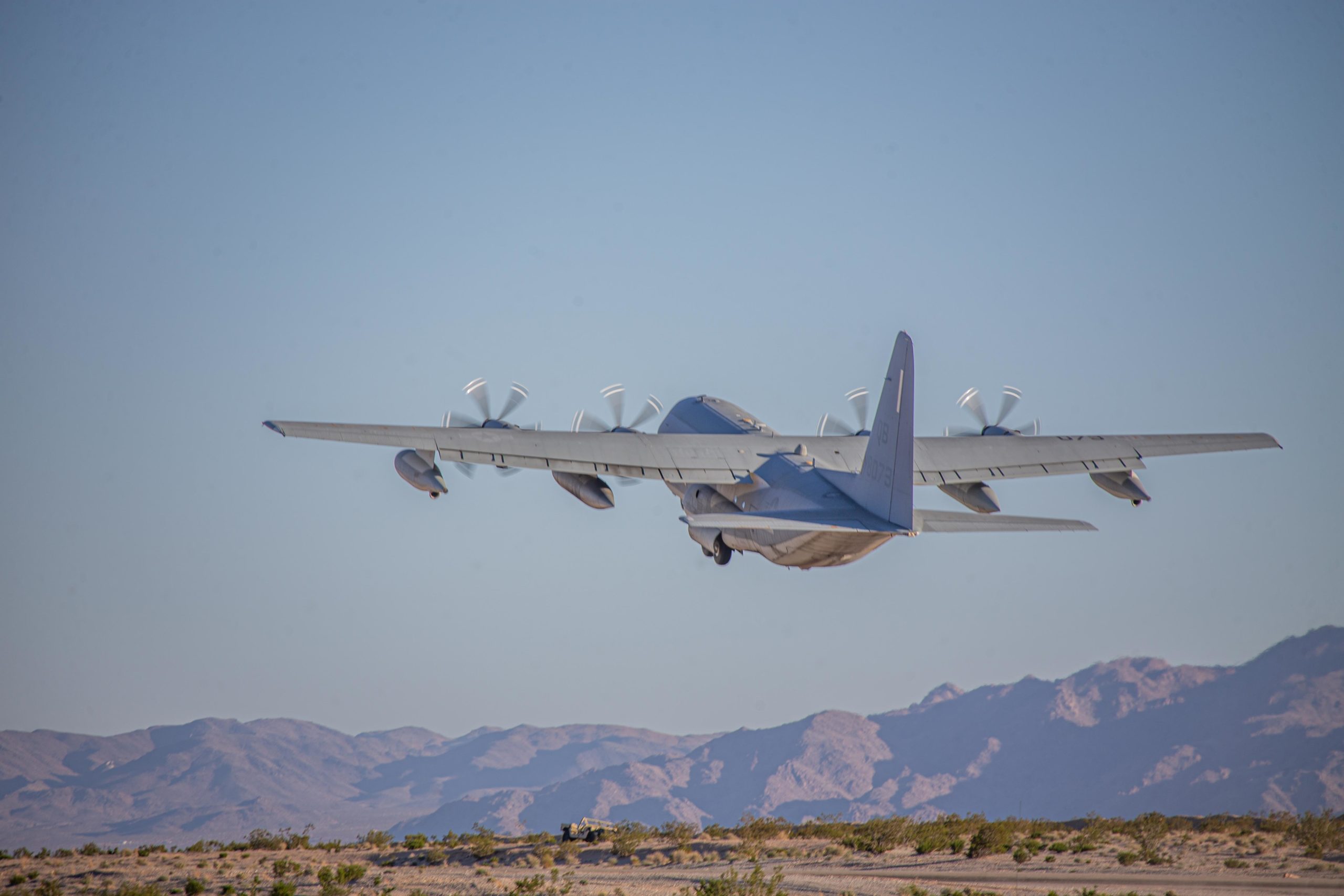The Challenges of Working Expeditionary Advanced Base Operations: The Perspective from the AGS Department Head at MAWTS-1
During my last visit to MAWTS-1, the training effort was clearly focused on ways to enhance force mobility and lethality. There is a clear challenge in trying to determine how to position a distributed force, how to size it in order to have meaningful force capability along with enhanced survivability.
How do you position the force? How do you organize the force? How do deploy and move the force?
How do you find ways to reduce signature management of such a force?
In other words, at MAWTS-1, they are not wargaming Expeditionary Advanced Base Operations, they are working to determine how most effectively to do so and yet have meaningful combat effects. Not easy. Not finished and a work in progress to determine movement, logistics support, C2 and fires solutions. It was clear when the MAGTF was the organizing principle but not so much with using EABOs as an organizational construct.
EABOs are described as follows: “Expeditionary Advanced Base Operations is a form of expeditionary warfare that involves the employment of mobile, low-signature, operationally relevant, and relatively easy to maintain and sustain naval expeditionary forces from a series of austere, temporary locations ashore or inshore within a contested or potentially contested maritime area in order to conduct sea denial, support sea control, or enable fleet sustainment.
“EABO support the projection of naval power by integrating with and supporting the larger naval campaign. Expeditionary operations imply austere conditions, forward deployment, and projection of power. EABO are distinct from other expeditionary operations in that forces conducting them combine various forms of operations to persist within the reach of adversary lethal and nonlethal effects. It is critical that the composition, distribution, and disposition of forces executing EABO limit the adversary’s ability to target them, engage them with fires and other effects, and otherwise influence their activities.”
During my visit in 2020 to MAWTS, I talked with Maj Steve Bancroft, Aviation Ground Support (AGS) Department Head, about their efforts working this problem set.
He focused on the various ways they were working enhanced force mobility, but a knotty problem was how to speed up the creation and withdrawal from EABOs.
During my 2023 visit, I continued my discussion along these lines with the current AGS Department Head, Maj Justin Atkins, a USMC combat engineer.
Atkins noted that in his deployments to date, they had not really focused on signature management. When fighting the land wars, signature management was not a key issue.
But when dealing with more advanced adversaries, obviously operations in the electro-magnetic spectrum had a key effect on the movement and operation of forces.
With regard to EABO, the question of how to manage forces across the combat chessboard is clearly affected by signature management and the need to organize force in ways to reduce it or to mask it. He noted that most of AGS activities are focused on FARP operations as the means to do EABOs.
They have worked multiple configurations of FARPs to do so but have not found an optimal solution. “We are building small tactical teams and exploring ways to sense, communicate, and to operate in the battlespace with mobility. But how to ensure that such teams have the desired effects?”
He noted that they work with the spectrum warfare department to do two things. First, they work with them to reduce their spectrum signature footprint. Second, they are working as well to copy that footprint to provide means to mask operations as well.
Maj Atkins noted: “Before coming to MAWTS, I never looked at the question of electromagnetic spectrum whatsoever. Now it is a central consideration of my focus and effort.”
In short, the Marines at MAWTS have been working new ways to do FARPS as a way to do EABOs, but there are key limitations to what one can do in the real world.
And ultimately, the key combat question can be put simply: What combat effect can you create with an EABO?
How does the joint force use an EABO in creating a joint effect?
And what is the relationship of the creation of EABOs to what the Marines do when the National Command Authority calls on them to deploy?
Featured Image: A U.S. Air Force C-130 Hercules aircraft departs from a forward arming and refueling point during Assault Support Tactics 4 (AST-4), part of Weapons and Tactics Instructors (WTI) course 1-24, at Sandhill, Marine Corps Air Ground Combat Center, Twentynine Palms, California, Oct. 24, 2023.
WTI is an advanced, graduate-level course for selected pilots and enlisted aircrew providing standardized advanced tactical training and assists in developing and employing aviation weapons and tactics.
AST-4 provides prospective weapons and tactics instructors the opportunity to plan, brief, and execute a night, long range battalion air assault to multiple objectives simultaneously in a medium threat environment while conducting five of the six functions of Marine Aviation. U.S. Marine Corps photo by Cpl. Alejandro Fernandez.

